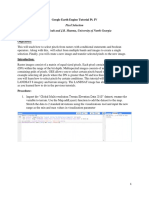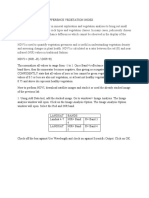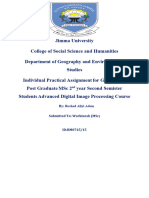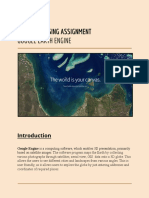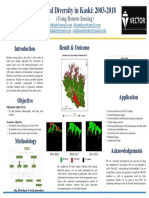Problem 01
Uploaded by
ARIJIT SHEETProblem 01
Uploaded by
ARIJIT SHEETProblem 01: Vegetation Change Analysis using NDVI Thresholding
• Select Landsat Image Collection: From the Google Earth Engine (GEE) Data Catalog,
select an appropriate Landsat image collection for a specific month of your choice for
the years 2000, 2010, and 2020.
• Clip Images: Clip each image to a district or watershed boundary of your choice.
• Calculate NDVI: Compute the Normalized Difference Vegetation Index (NDVI) for all
three years.
• Classify NDVI: Classify each NDVI image based on the threshold values provided in
the given table.
• Calculate Class Areas: For each year, calculate the area of each NDVI class.
• Interpret Results: Interpret the changes in vegetation patterns across the three
years.
• Export Data: Export the classified NDVI images to Google Drive.
LULC NDVI Threshold Reference
Water -0.046 Bisrat & Berhanu, 2018; Dalezios et al., 2001
Bare Soil 0.25 Ding et al., 2016; Thorat et al., 2015
Sparse Vegetation 0.35 Thorat et al., 2015
Moderate Vegetation 0.5 Bisrat & Berhanu, 2018; Dalezios et al., 2001
Dense Vegetation 1 Dalezios et al., 2001
Note: You may also choose alternative NDVI threshold values based on your understanding
of the study region and supported by relevant references.











